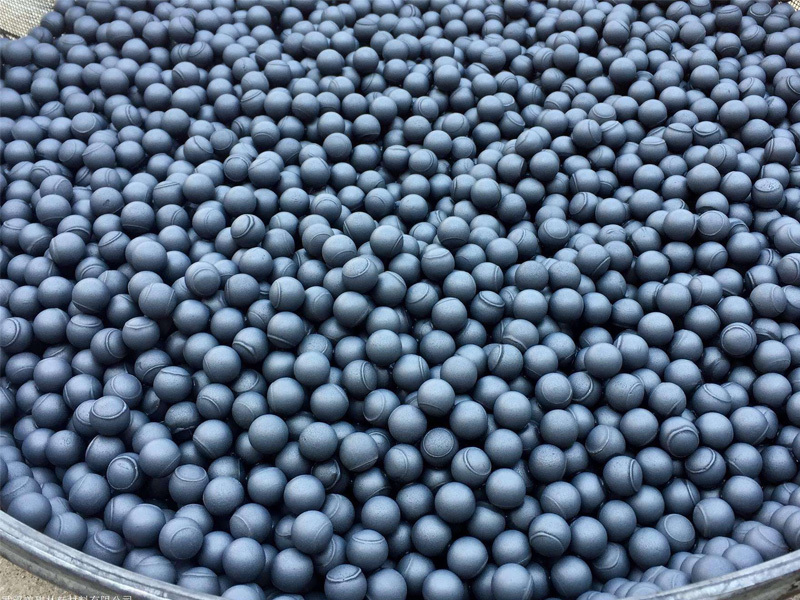What are the main characteristics of recrystallized silicon carbide products?
Release time:
2022-06-25
Recrystallized silicon carbide What are the main characteristics of the product?

The silicon carbide production process is suitable for grinding silicon carbide in the fields of metallurgy, building materials, chemical industry, and mining. So, what are the main characteristics of recrystallized silicon carbide products?
What are the main characteristics of recrystallized silicon carbide products?
(1) Light weight, high high-temperature strength, and long service life;
(2) Good thermal shock resistance, able to adapt to the rapid firing of ceramic products;
(3) No sintering shrinkage, no deformation during long-term use, which can improve the qualified rate of sintered products and save energy.
What are the processes involved in recrystallized silicon carbide?
The silicon carbide is fed into a jaw crusher for coarse crushing. Qualified silicon carbide is fed into a cone crusher for fine crushing, and unqualified silicon carbide is re-crushed. A circular vibrating screen is used to separate the particles and powder of silicon carbide into different particle sizes. The required silicon carbide material can enter the next processing stage after screening. After two stages of crushing, the silicon carbide enters a Raymond mill for grinding. The ground silicon carbide powder is carried away by the airflow of the blower, graded by an analyzer, and the qualified silicon carbide powder enters a cyclone collector for separation and collection.
Recrystallized silicon carbide What research has been done on this technology?
1. Grinding mechanism of hard and brittle materials
(1) When grinding hard and brittle materials, the abrasive has a rolling or micro-cutting effect. When the abrasive acts on a surface with bumps and cracks, as the grinding progresses, some abrasives are pressed into the workpiece under the action of the grinding load, and the exposed cutting edge is used to scrape the workpiece surface for micro-cutting.
(2) Another part of the abrasive rolls between the workpiece and the grinding wheel, causing micro-cracks on the workpiece surface. The cracks extend to form brittle chips on the workpiece surface, thus achieving the purpose of surface removal. Because the tensile strength of hard and brittle materials is lower than the compressive strength, when the abrasive is subjected to a load, micro-cracks will occur on the surface of the hard and brittle material at locations with large tensile stress. When the intersecting cracks extend and intersect with each other, the part surrounded by the cracks will fracture and collapse into small pieces. This is the basic process of chip formation and surface formation when grinding hard and brittle materials.
Because silicon carbide is a high-hardness brittle material, special grinding fluids are required. The main technical difficulty in grinding silicon carbide lies in the accurate measurement and control of the thinning thickness of high-hardness materials. After grinding, the surface of the wafer will have damage, micro-cracks, and residual stress, and the thinning of the silicon carbide wafer will cause greater warping than the silicon carbide wafer.
2, Recrystallized silicon carbide Polishing
Recrystallized silicon carbide: Mechanical polishing, magnetorheological polishing, chemical mechanical polishing, electrochemical polishing, catalyst-assisted polishing or catalyst-assisted etching, tribochemical polishing (also known as non-abrasive polishing), and plasma-assisted polishing, etc.




